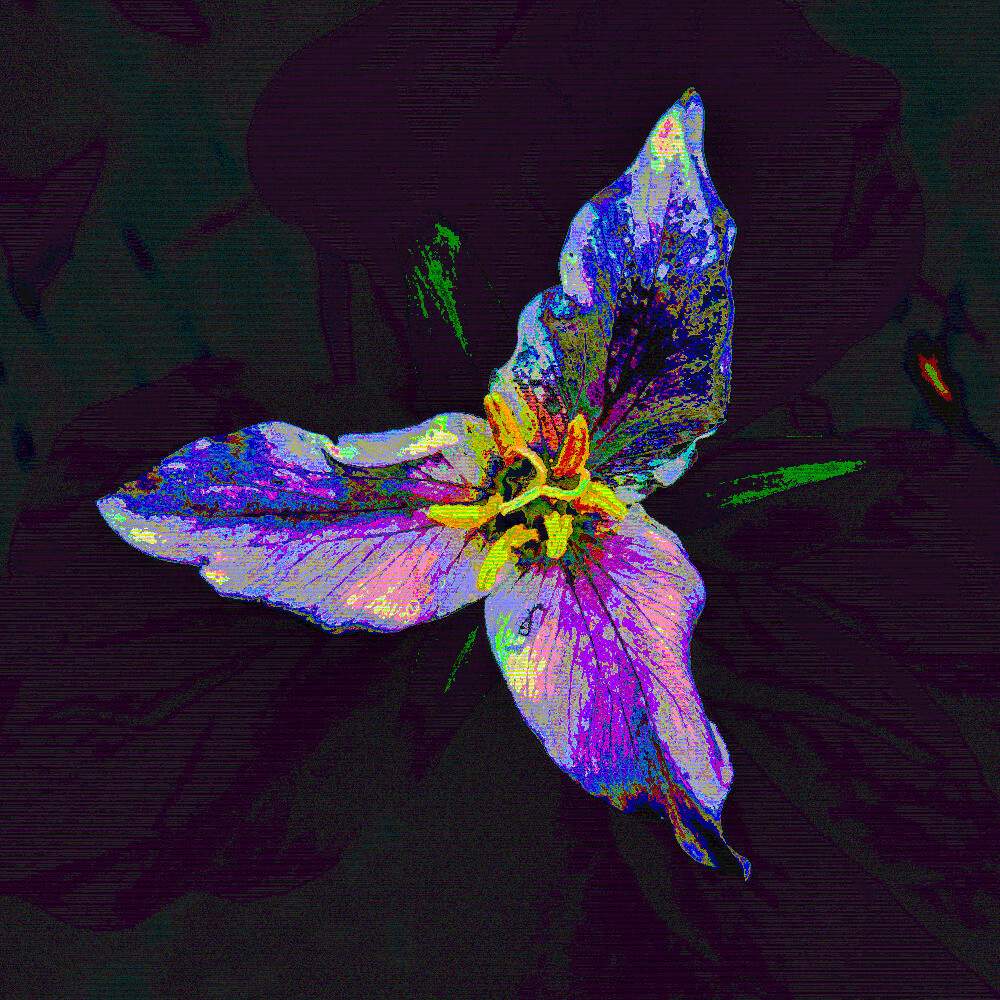I have pieces from an old chess game that I played a lot during my adolescence and so I have a special affection for it.
This game is missing some pieces that unfortunately have been lost over the years. I don’t have 3D modeling skills and I would like to know if there is any way or service for me to recreate these lost parts to be printed on a 3D printer.
All help is welcome and thank you all!
No better time than the present to learn a new skill! Especially with the amount of resources available nowadays.
Personally I’d take picture of each piece from at least 3 sides (top, left, front) all with an object of known size (like a ruler) in frame. Then pick your software (Blender is AWESOME) and faff about and stumble through and learn.
It’s hard at first but the level of satisfaction that comes from learning a new skill is immense.
Don’t take this the wrong way but, what skills do you have?
If you’re a maker type there are some raspberry pi based 3d scanners that might be a good start.
https://openscan-org.github.io/OpenScan-Doc/
Looks like it’s less dead than some of the others.
Or there are commercial options.
Numchuck skills, bow-hunting skills, and computer hacking skills. Will those suffice?
I think the computer hacking will be the most useful for this project.
wow nice project I’m reading the documentation
Thanks for sharing!
If you have at least one of each piece remaining, then yep - it’s easy!
The technology you’re after is called photogrammetry, and there are two inexpensive ways that I use often (there are more, but these are the two I rely on)
-
KIRI Engine - I have a subscription, but I think there is a free tier. You take about twenty photos of the object from different angles, upload for processing, and you get a 3D model back that you can print.
-
TRELLIS - take a single photograph and upload to here:
https://huggingface.co/spaces/JeffreyXiang/TRELLIS
You will receive a 3D model back that you can import into Blender, run a mesh operation to merge by distance (to create a watertight model), export as STL and then print.
KIRI Engine requires more work upfront, with all the photos, but is the best at recreating existing things accurately.
TRELLIS requires more work at the end, because it doesn’t automatically create printable models, and it isn’t a finished product yet, but it is the closest thing to actual witchcraft I’ve experienced.
Wow. Trellis is kind of neat! You can throw the glb into imagetostl.com and it will spit out a very usable stl quickly.
I didn’t know imagetostl took glbs! I honestly wouldn’t even have expected it!
I’ll definitely be using that then. Blender is great, but I’m tied to one machine - I’d much rather use online tools when I can.
Thanks for that :)
This template looks very interesting too, I’ll take a look at it
-
Unless they are all unique, you should be able to make a silicone mold of a remaining piece to duplicate in resin/plaster/etc.
Look up resin casting resources for more how-to (posting from work, so cannot dig them up).
You got a lot of replies on the modeling side of things. It’s not clear if you have a printer, so let me quickly hit on that.
There are a bunch of different 3D printing services you can use to print things, including local (at your library potentially or a maker space) as well as commercial.
3D printera fall into big buckets:
- melt the material as you go. The most common version is FDM. FDM printers can make somewhat fine detailed prints, but their forte is making larger things with larger details
- deposit a layer of material and fuse it via light. This can be done with a powered material and a laser (SLS) or a liquid resin and a light source (SLA). This method produces much higher detailed prints, but has a bigger barrier to entry. SLS printers are expensive, but can produce large and very durable prints. SLA printers have affordable home versions, but their build volume is somewhat small, their parts will require post processing to finish (rinsing, during), and you will have to deal with responsible disposal of the used resins and solvents. Resin prints are hard, but can be a bit brittle
If you’re going to be purchasing the prints, I would go SLS. You’ll get fine details and the parts can be nylon (or even metal) so they’ll be durable.
If you’re printing at home, SLA is probably the way to go.



